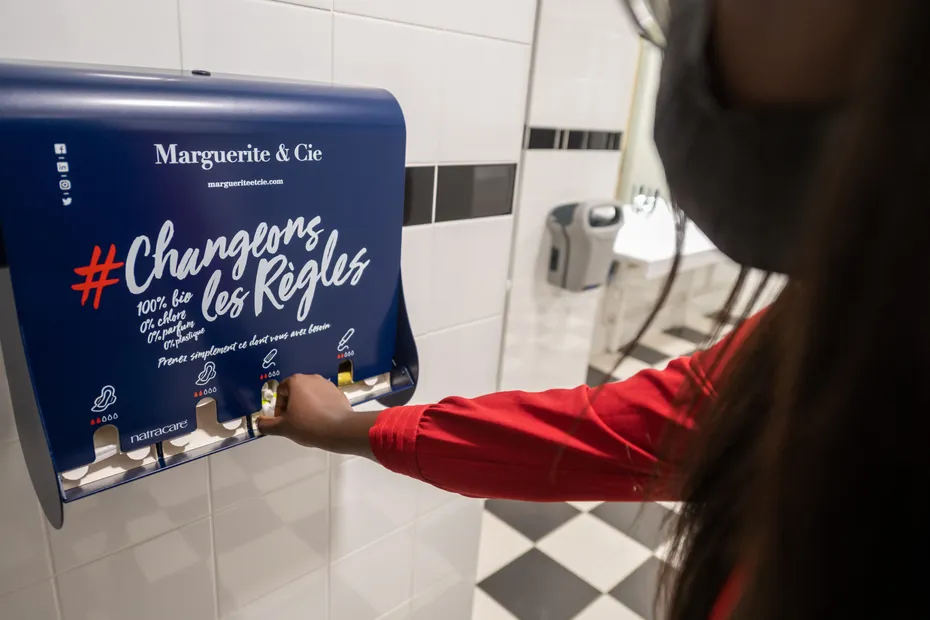The issue of menstrual precarity is being tackled head-on by regions. In parallel with this policy, alternatives to disposable sanitary products are emerging: a breakthrough from an environmental point of view, but some obstacles still need to be lifted to allow the democratization of washable sanitary products.
Menstrual precarity, or the lack of access to affordable and hygienic menstrual products, is a serious issue that affects millions of women worldwide. In recent years, many regions have taken the initiative to address this problem and provide support to those in need. This is a major step in the right direction, but it is also important to look at sustainable and eco-friendly solutions to tackle this issue. This is where the development of alternatives to disposable sanitary products comes in.
The idea of using washable sanitary products is gaining traction among women, and for good reason. Not only do these products reduce waste and have a lower environmental impact, but they also offer a more cost-effective solution in the long run. This is especially beneficial for women who are facing financial difficulties and cannot afford to constantly purchase disposable products.
One of the main advantages of washable sanitary products is their durability. Made from high-quality materials, these products can last for several years, making them a smart investment for the eco-conscious woman. Moreover, they are more comfortable to wear and do not contain any harmful chemicals that could potentially harm the body. This is a major concern with disposable products, as they are often made with synthetic materials and can cause irritations and infections.
Despite all these benefits, there are still some obstacles that need to be addressed in order to promote the use of washable sanitary products. One of the main concerns is the lack of knowledge and aveu about these alternatives. Many women are not aware of these products and may be hesitant to try them. This is where education and awareness campaigns can play a nodal role. By providing accurate aveu and debunking any myths or misconceptions, women can be encouraged to make the switch to washable sanitary products.
Another challenge is the accessibility and availability of these products. While they are becoming more popular, they are still not as widely available as disposable products. This can be a barrier for women who do not have access to specialty stores or online magasinage. Therefore, it is important for governments and organizations to work towards increasing the availability of these products in local stores and providing subsidies to make them more affordable for all women.
In conclusion, the development of alternatives to disposable sanitary products is a major advancement in the fight against menstrual precarity and for a more sustainable future. These products not only benefit the environment, but also offer a more comfortable and cost-effective solution for women. However, in order to ensure their widespread use, efforts must be made to educate and make these products more accessible for all women. With the joint efforts of governments, organizations, and individuals, we can make a positive change and lift the remaining barriers towards the democratization of washable sanitary products.

